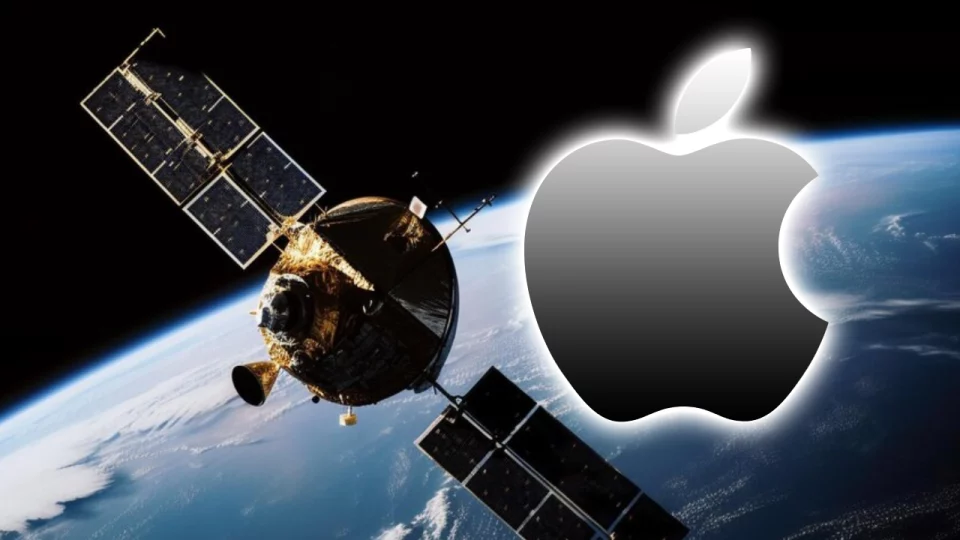Apple Inc. has announced its decision to invest up to $1.5 billion in Globalstar, a satellite provider, to bolster its iPhone communication capabilities. This strategic investment aims to expand the coverage and functionality of Apple’s satellite-based services, which are designed to bridge the connectivity gap for users in areas with limited or no traditional network access.
This development signals a major step forward in Apple’s ambition to enhance user safety and connectivity, leveraging advanced satellite technology.
Table of Contents
Details of the Investment Agreement
Apple’s investment in Globalstar, disclosed in a recent regulatory filing, includes a substantial commitment of $1.1 billion in cash, accompanied by the purchase of a 20% equity stake in Globalstar for $400 million. This strategic partnership is poised to redefine the capabilities of iPhone communication, extending beyond conventional network boundaries. Part of Globalstar’s plan for the newly acquired capital is to alleviate existing financial burdens, including debt repayment, thereby strengthening its operational foundation.
Under the terms of the agreement, Globalstar will allocate 85% of its satellite network capacity exclusively to Apple. This significant allocation underscores the deep integration between the two companies, positioning Apple to harness Globalstar’s infrastructure for satellite-enabled services. The deal is set to be finalized imminently, with expectations for completion by Tuesday.
The Evolution of Satellite-Based Connectivity
The partnership between Apple and Globalstar is not an isolated incident but part of an evolving trend in the tech industry where leading companies seek collaborations with satellite providers to enhance their service offerings. The need for reliable, ubiquitous communication solutions has intensified as more consumers and professionals demand seamless connectivity in remote areas—a challenge that traditional cellular networks often fail to address.
Apple’s initial foray into satellite communication began with its 2022 collaboration with Globalstar, which introduced an emergency messaging feature for iPhone users. This service allows users to send text messages for help when outside the reach of cellular networks, proving especially useful in emergencies and in regions with challenging geography. The success of this feature laid the groundwork for the current, more ambitious phase of collaboration between Apple and Globalstar.
Strategic Implications for Apple
This multi-billion dollar investment reflects Apple’s broader strategy to reinforce its brand as a leader in innovation and customer-centric technology. By integrating satellite capabilities into its flagship product, the iPhone, Apple enhances its value proposition, differentiating its offerings from competitors. Satellite-based communication, particularly in emergency situations, resonates well with Apple’s commitment to user safety and its “It just works” philosophy. The ability to access essential communication services without relying on ground-based network infrastructure aligns with this vision.
Moreover, expanding satellite coverage supports Apple’s sustainability and resilience goals. In a world increasingly aware of natural disasters, climate change, and unpredictable global events, ensuring connectivity in off-grid locations is essential for personal safety and disaster response efforts. Apple’s investment in this technology speaks to the company’s proactive approach in addressing these modern challenges.
Globalstar’s Enhanced Role and Market Reaction
The announcement of Apple’s investment had an immediate impact on Globalstar’s market standing, with shares surging over 30%. This spike reflects investor confidence in the satellite provider’s future prospects, buoyed by the substantial financial backing and partnership with a tech giant like Apple. For Globalstar, this deal not only provides critical funding but also elevates its profile within the satellite communications sector.
The decision to dedicate 85% of its network capacity to Apple highlights Globalstar’s prioritization of this partnership, likely setting a new benchmark for satellite service providers aiming to align with major technology companies. The influx of capital will enable Globalstar to improve its network capabilities, deploy new satellites, and maintain the technological standards needed to support Apple’s growing service demands.
Challenges and Considerations
Despite the promising nature of Apple’s investment, there are inherent challenges. One concern is the high cost associated with satellite deployment and maintenance. While the $1.5 billion investment is substantial, ongoing operational expenses for satellite networks can be equally significant. Ensuring a seamless integration between Apple’s existing software and the expanded satellite network also requires sophisticated engineering and continued collaboration.
Furthermore, regulatory hurdles may emerge, as satellite communications are subject to international laws and complex licensing requirements. Apple and Globalstar will need to navigate these legal landscapes to expand their services across different regions.
Another aspect to consider is competition. With other tech giants such as Google and Amazon exploring satellite-based connectivity solutions, Apple’s partnership with Globalstar must demonstrate clear advantages to maintain a competitive edge. This could involve prioritizing user experience, ensuring data privacy, and integrating satellite communication seamlessly with Apple’s ecosystem of products and services.
